How to Choose Kitchen Features That Work for Your Lifestyle
Difficulty: Moderate
Time: 2-3 weeks planning phase
Cost: $14,500-$41,500 average range
Why You'll Like This (Quick Intro)
Endless Pinterest boards, three open tabs for ranges, five contractor emails. Sound familiar? The trick is simple, choose features that fit the way you live, cook, and host. Pretty matters, sure, but daily function matters more. Smart selections balance routine needs with long-term value, without blowing the budget.
Kitchen remodels typically cost around $27,000 on average, with totals ranging from $14,500 to $41,500 depending on your picks. 86% of kitchen renovations use professional contractors, so expert guidance can make or break the experience. Setting aside 10% to 15% of your home's value gives you a clear framework for deciding what stays and what goes.
What You'll Need
Planning Materials
- Measuring tape and graph paper
- Budget spreadsheet or planning app
- Inspiration photos and mood board materials
- Current utility bills for an energy-use baseline
Professional Consultations
- General contractor estimates, aim for at least 3
- Kitchen designer consultation
- Appliance specialist guidance
Safety First
- Budget Protection: Get written estimates and financing pre-approval before major purchases
- Timeline Planning: Add a 15% to 20% buffer for delays or material shortages
- Professional Guidance: Leave electrical, plumbing, and structural changes to licensed pros
Steps
- Analyze your current kitchen workflow and pain points.
Track how you use the kitchen for a week. Where do you bump into someone at the sink, where do lids live, which tasks feel clumsy?
- Tip: Snap photos during morning coffee, dinner prep, and cleanup. Patterns jump out fast, like the cutting board that never has a home or the trash can you sidestep every night.
The work triangle concept links sink, stove, and fridge for efficient movement. Pair that with keeping major appliances within easy reach to smooth cooking and cleanup. Then go beyond the triangle, think about your actual path between prep zones, cooking surfaces, and the dishwasher when you plate a meal.
-
Determine your lifestyle-based priorities. Entertain often and want sight lines to the living room, or a serious cook who needs heavy-duty burners and a clear prep runway? Busy family, you may crave wipeable surfaces, durable finishes, and low drawers for snacks.
- If you're primarily a reheater: Prioritize quiet, effective ventilation, a smart microwave location, and easy-clean materials over pro-level ranges.
-
Set your feature budget using the proven allocation method. Cabinets typically consume 30-40% of your kitchen remodel budget, so choose them wisely. Then divide the rest: appliances 20% to 25%, countertops 10% to 15%, flooring 7% to 10%, lighting 5%, and a contingency of 10% to 15%.
-
Choose cabinet solutions that maximize function first. Cabinet painting or staining can refresh the room for far less than full replacement. For longevity, look for cabinets made from plywood or solid wood rather than particle board. Add pull-out shelves, deep drawers, and built-in organizers to end the avalanche of pots and lids.
- Why it works: Strong materials and smart storage stay sturdy for 15 to 20 years, so the upfront spend pays you back every day.
-
Select countertops that balance durability with maintenance preferences. Popular options include granite, quartz, and butcher block, each with a different feel under your hands. If fingerprints drive you nuts, textured surfaces like honed, leathered, and matte finishes hide smudges better than glossy tops.
- Tip: Pick your countertop material before finalizing cabinet selections so color, thickness, and weight all align.
-
Plan appliance selection based on actual cooking habits. Energy-efficient appliances look sharp and save on utilities over time. Most appliances last 10-20 years, with dishwashers and microwaves typically replaced around year ten.
- If this happens: Your dream appliance does not fit. Measure twice, then plan appliance placement early so electrical and plumbing land exactly where you need them.
-
Design layered lighting that enhances both function and ambiance. Build a mix: task lighting for prep, ambient lighting for general glow, and accent lighting for charm. Shadows vanish with under-cabinet lights, and your countertops finally get the spotlight.
- Note: New fixtures can mean wiring changes, which may require electrical work, so plan time and budget accordingly.
Cleanup & Disposal
- File estimates, drawings, and notes where you can actually find them later
- Donate magazines or recycle printouts you no longer need
- Keep the budget sheet and timeline for future projects
Troubleshooting
Problem: Your wish list exceeds your budget by 30% or more → Fix: Prioritize daily-impact features. Consider phased renovation, finish essentials now, add the nice-to-haves later.
Problem: Contractors give wildly different estimates → Fix: Bid apples to apples. Give identical specs, ask for detailed breakdowns, and verify licensing and insurance.
Problem: You can't decide between two layout options → Fix: Tape the floor and run a mock dinner. Whichever layout feels natural wins.
Variations & Upgrades
- Budget-Conscious: Refresh cabinets, swap in efficient appliances, and improve lighting instead of full replacement
- Family-Friendly: Choose durable surfaces, rounded edges, and low storage that kids can reach
- Resale-Focused: Stick to neutral colors, classic layouts, and broadly appealing features
Why It Works
Smart selection puts your real habits first, not trend-chasing. 96% of minor kitchen remodel costs are typically recouped, while major renovations return about half. You protect your investment and get a kitchen that actually serves your life.
More than half of renovating homeowners add or upgrade islands, and those islands need at least 42 inches of clearance to move comfortably. The best results balance personal style with practical functionality, so the room works on an ordinary Tuesday and still shines on a holiday.
Your dream kitchen should mirror real life, not magazine perfection. Watch how you use the space, invest in the pieces you touch every day, and choose what fits your routine over passing trends.




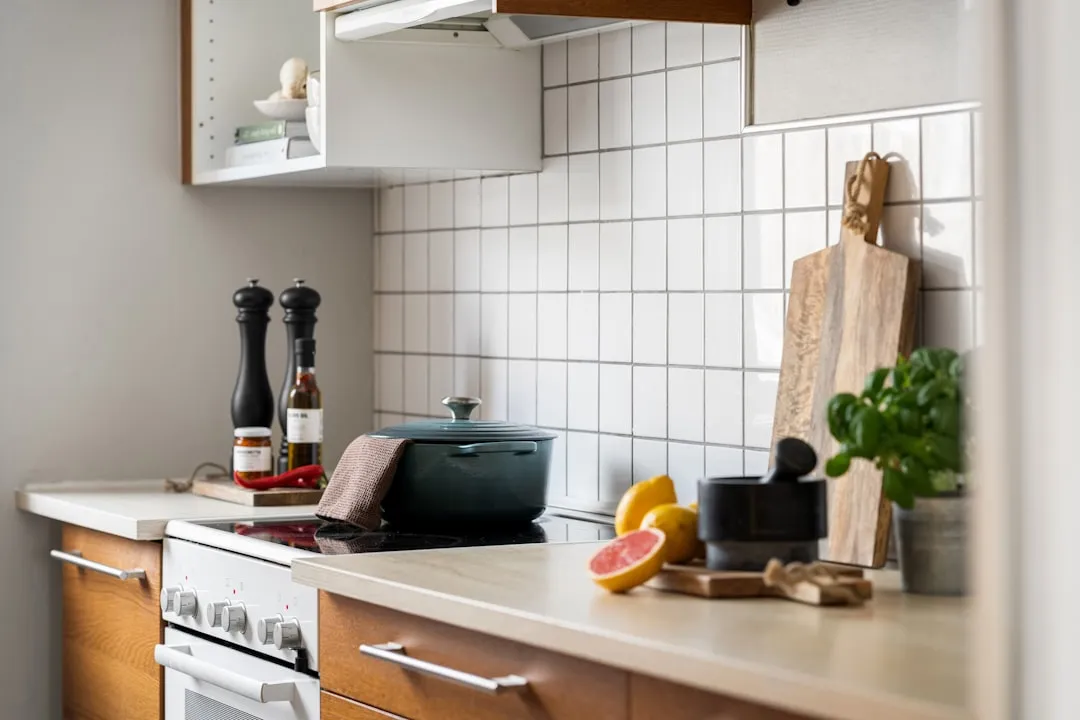



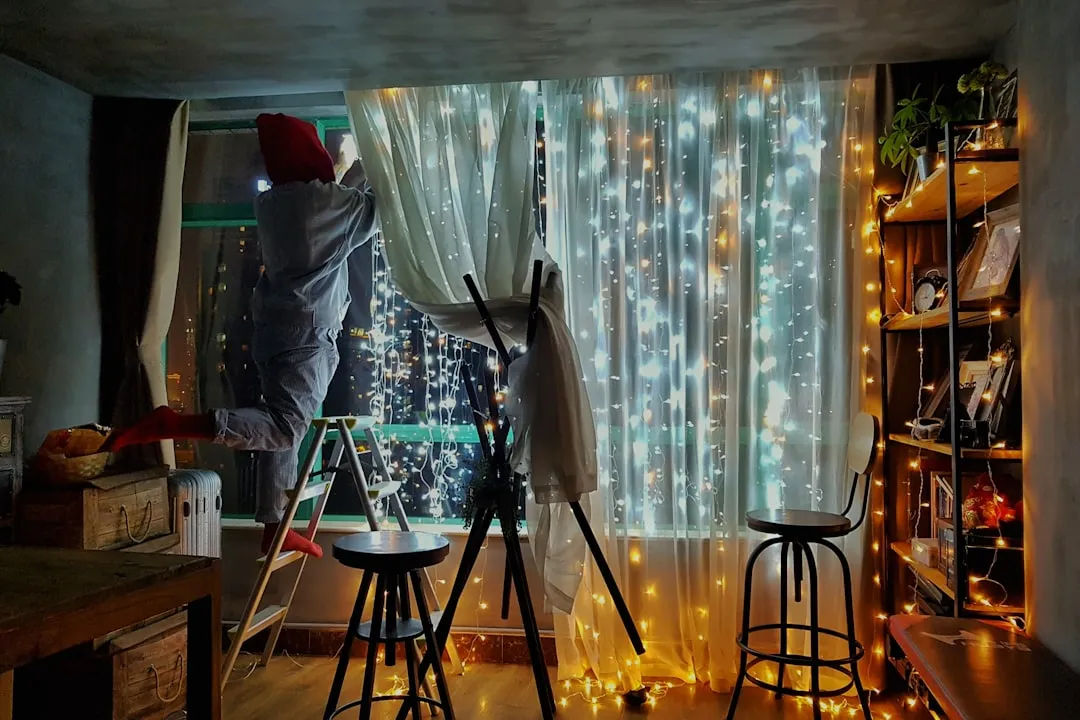


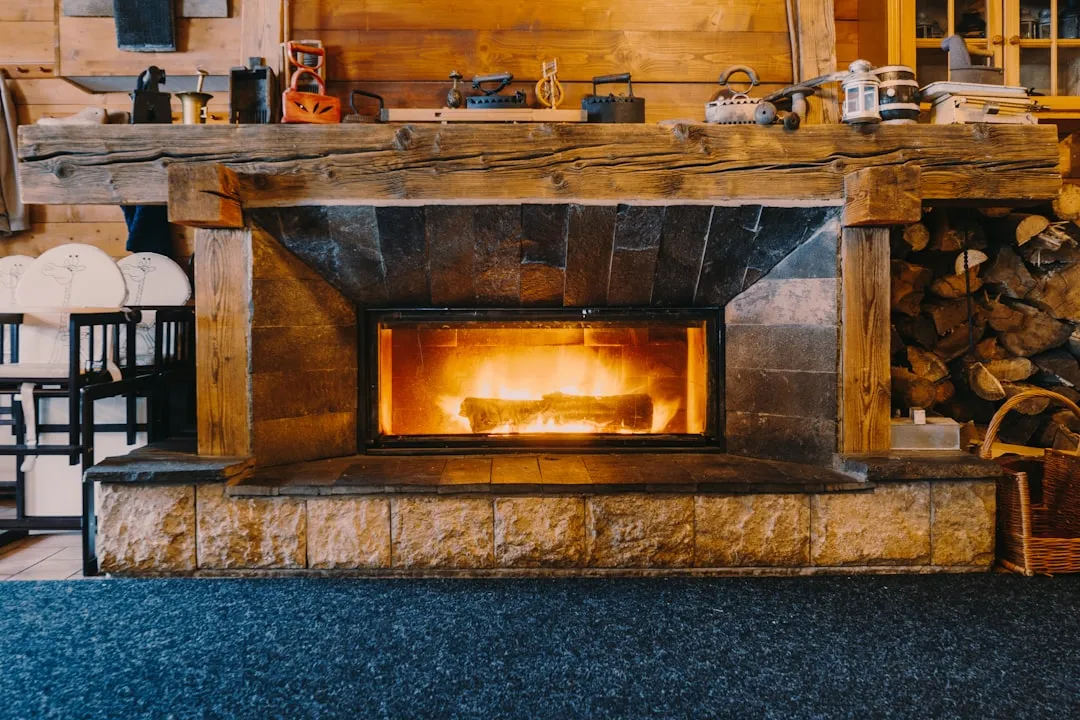
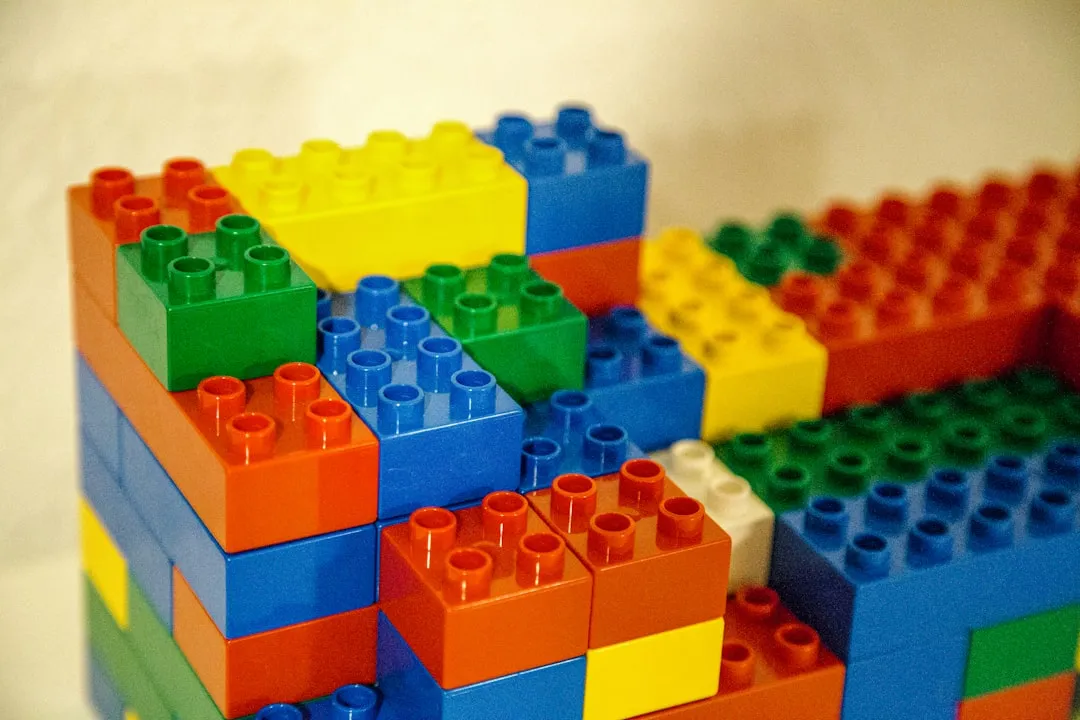
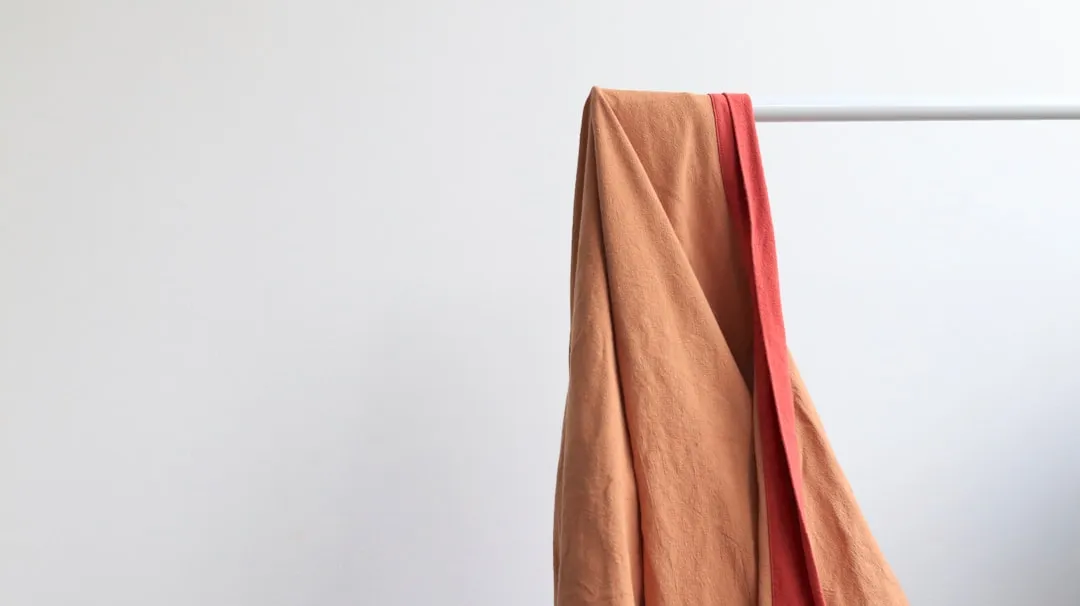
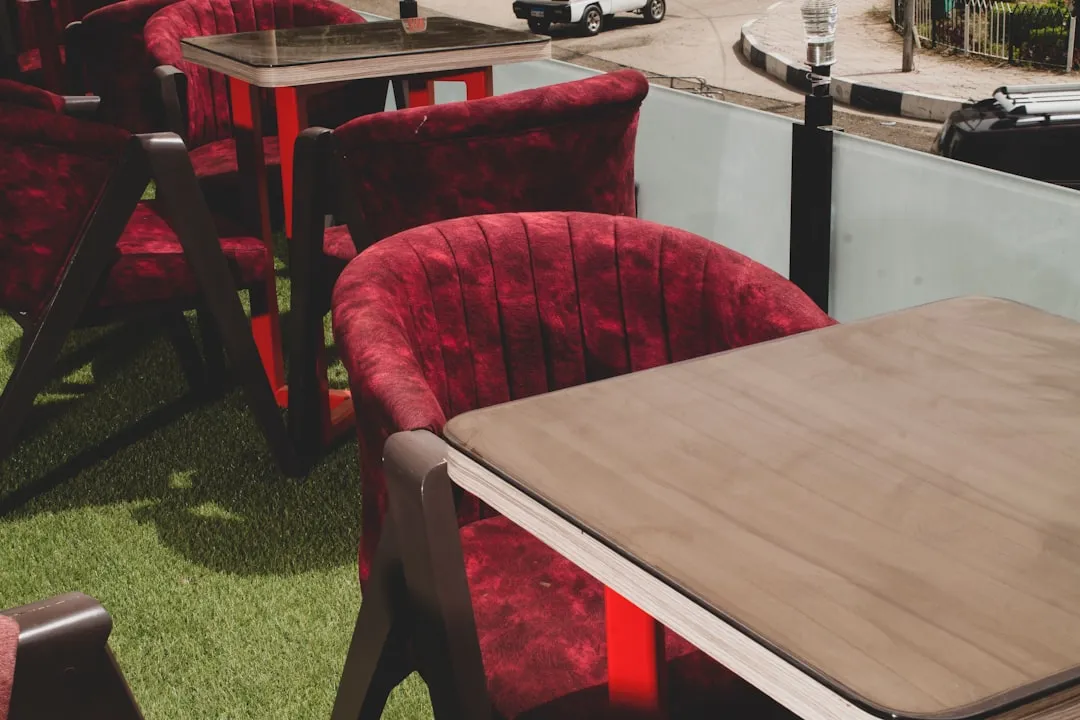
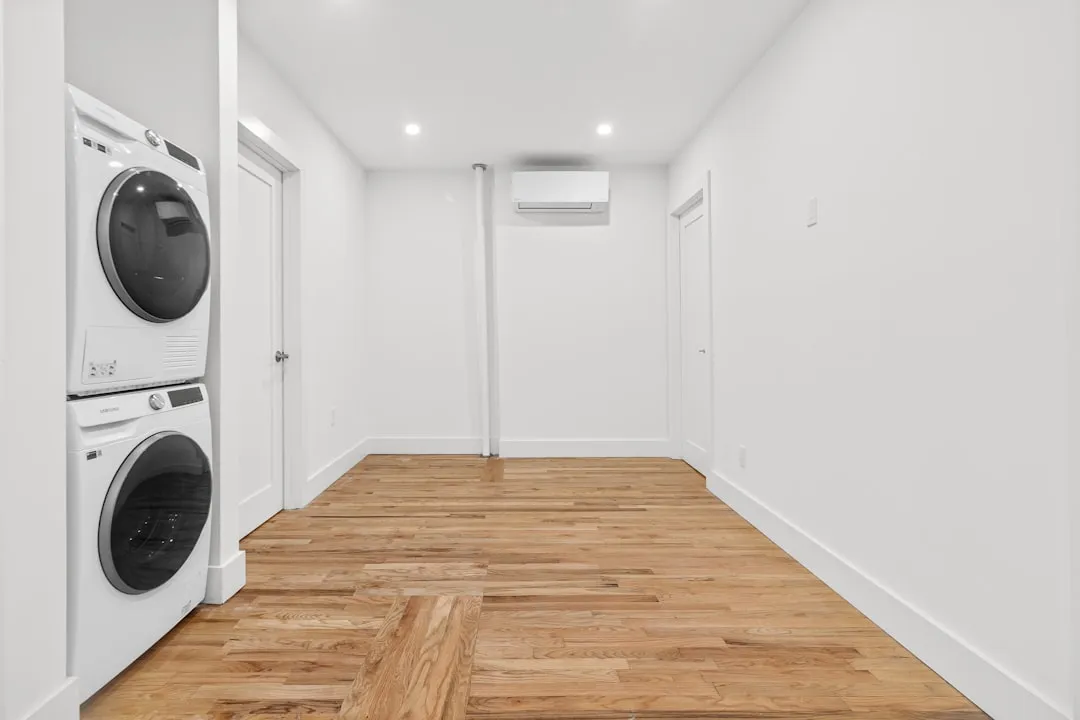
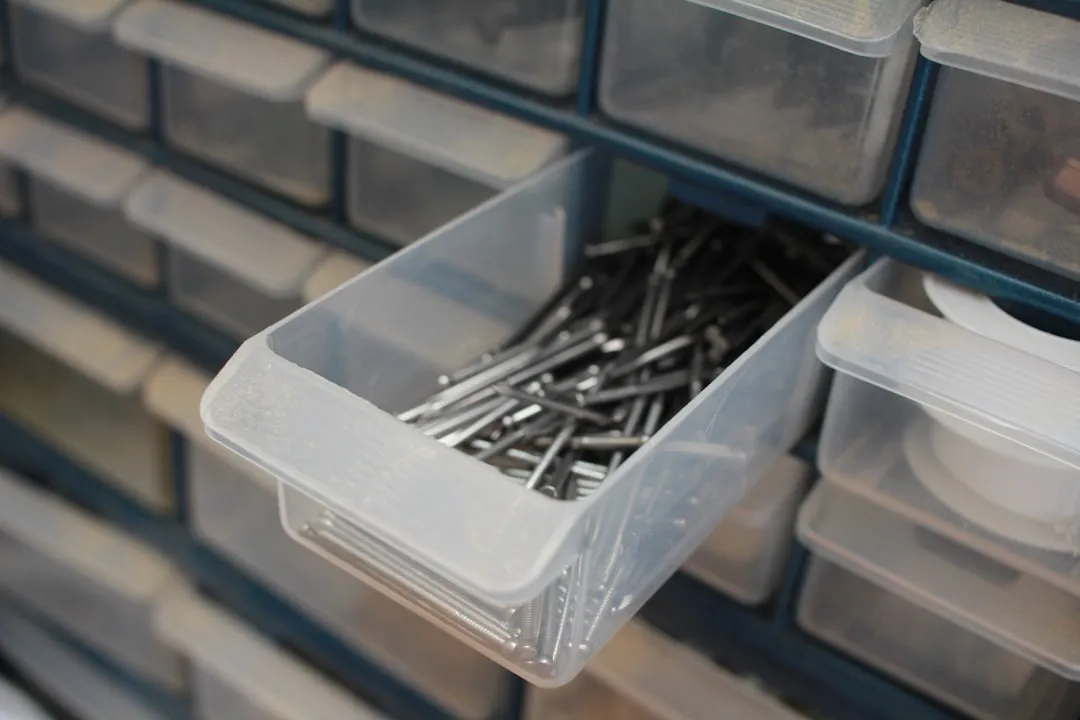



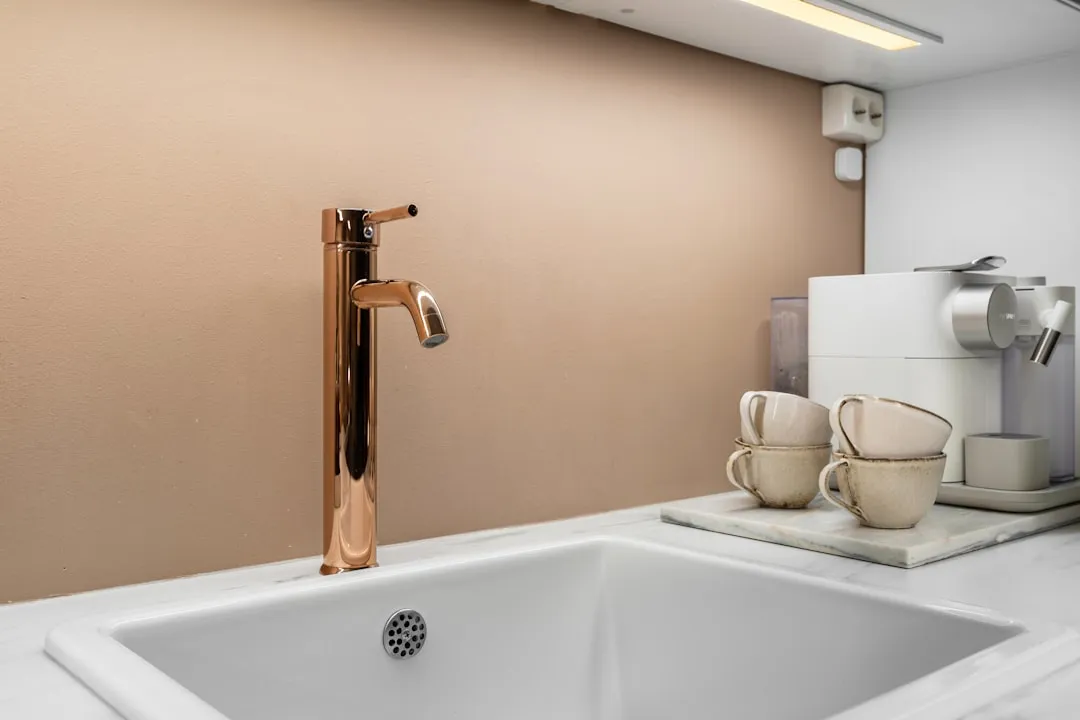
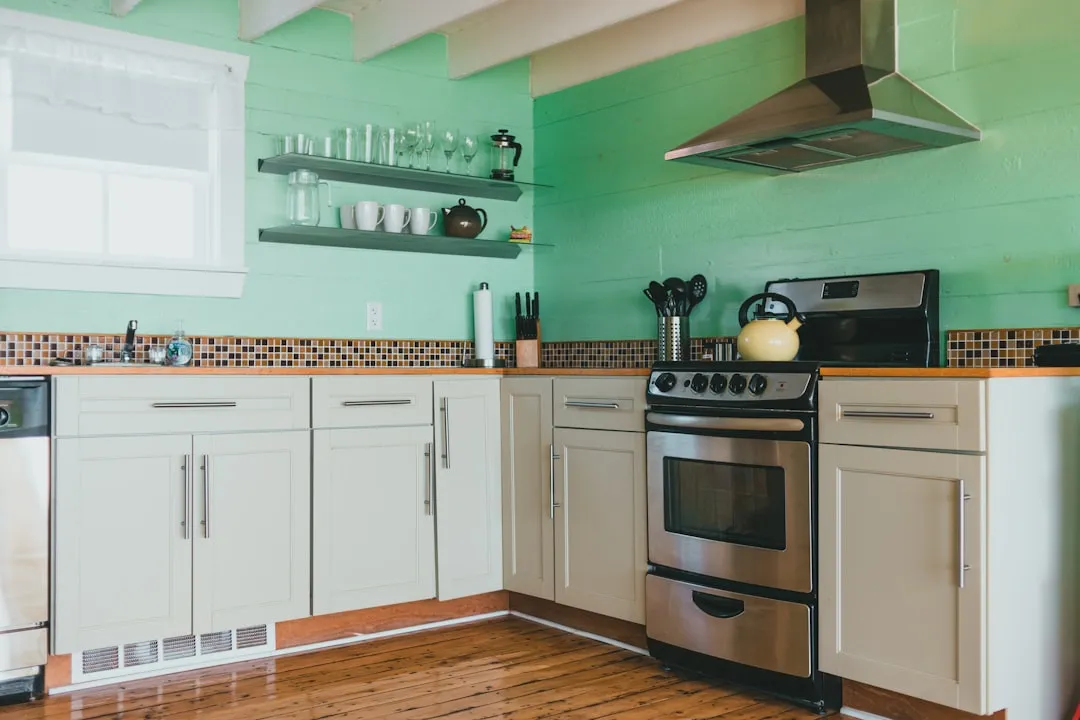

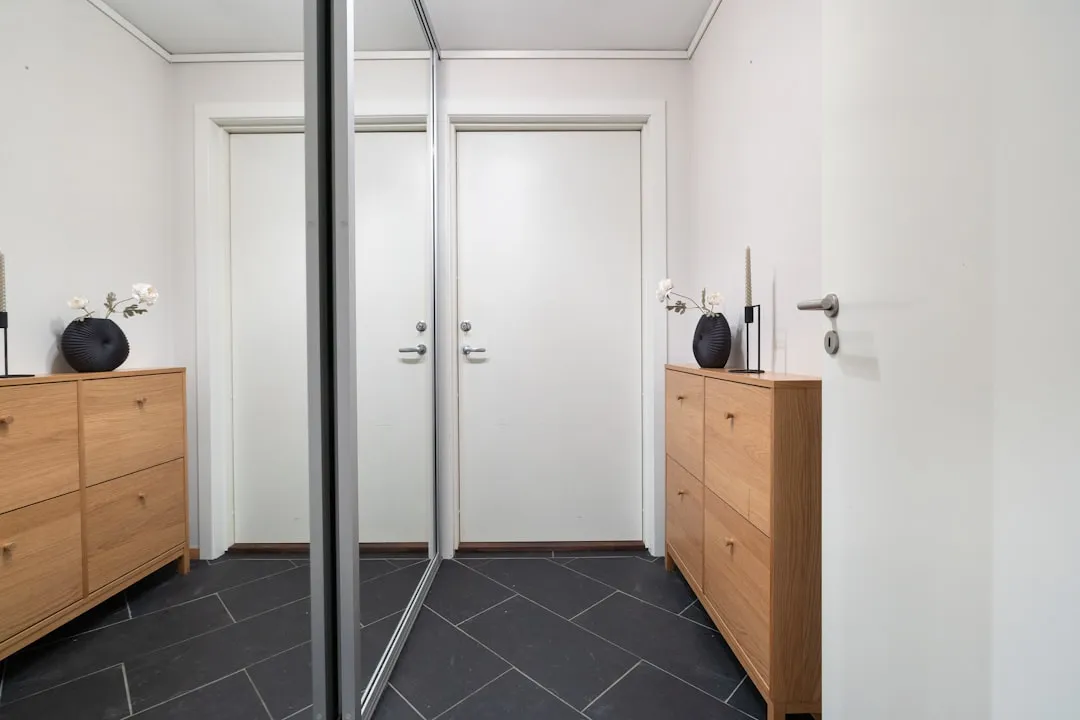

Comments
Be the first, drop a comment!